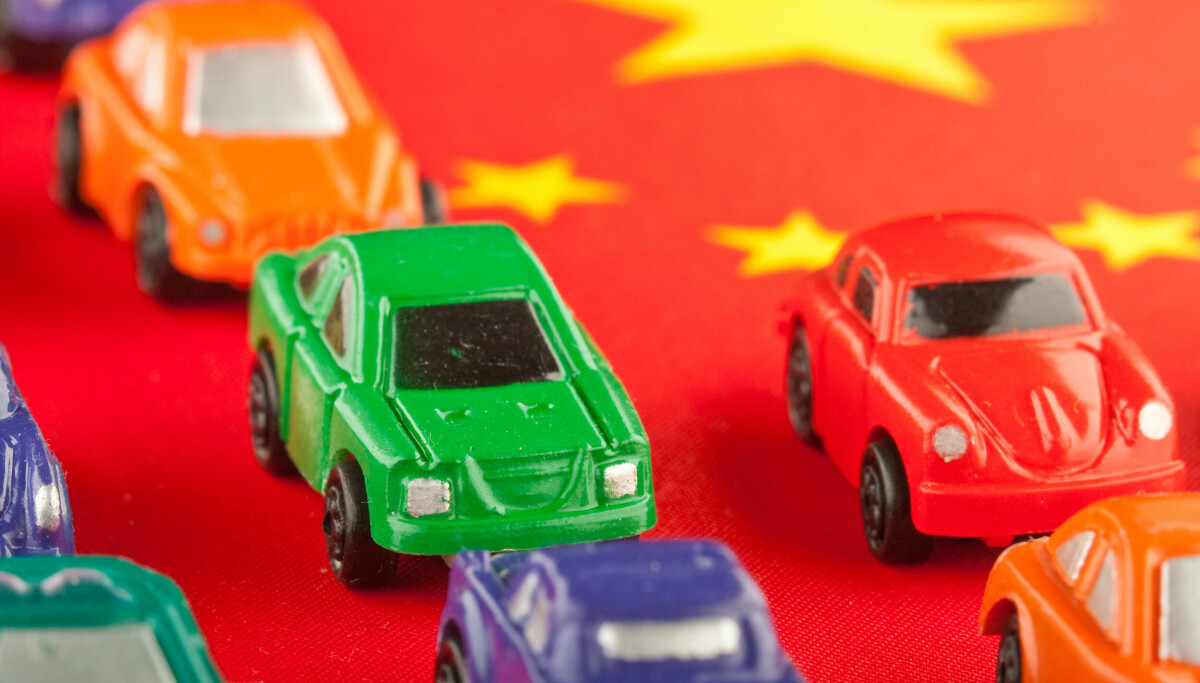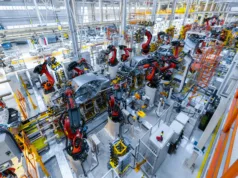
China’s Global Market Shift
China has moved from national champion to global force in vehicle manufacturing, exports, and electric mobility. Overcapacity at home, rapid development cycles, battery dominance, and fast-rising overseas investment are driving a profound shift in the industry.
China’s automotive industry has rapidly evolved from a domestic powerhouse to a global leader in manufacturing, exports, and innovation, especially in electric vehicles and battery technology. The sector faces challenges of overcapacity and market saturation at home, driving aggressive expansion abroad. “China Speed” is reshaping global product development, while policy changes aim to manage exports and maintain quality. Both domestic and international brands are leveraging China’s manufacturing strength, and Chinese companies are increasingly investing in overseas production, solidifying China’s role as a dominant force in the industry.
China now close to global dominance
In 2024, China produced nearly 30% of the world’s vehicles, making it the largest automotive manufacturer, more than double the output of the USA. China is also the world’s largest exporter of vehicles. However, Chinese companies are not just exporting; they are building manufacturing plants in Europe, Southeast Asia, and South America, marking a shift from a national to a truly global industry. This expansion will further increase China’s market power in the coming years.
Domestic market dynamics impacted by overcapacity in vehicle production
Advertisement
Despite rapid growth in production capacity, China’s domestic passenger car market has changed and not entirely kept pace. This has led to many factories operating below capacity and their owners facing financial challenges. The Chinese government anticipates consolidation, with smaller, less efficient companies likely to fold. To counter this risk, both domestic and international players in China are looking at export markets for growth and to utilise excess capacity. This is being encouraged by EU tariffs on Chinese EVs exported to Europe.
Dominance in batteries and critical minerals
China leads the global automotive battery industry, controlling over 75% of key raw materials and refined minerals for batteries and electric motors. Four of the world’s largest battery companies are Chinese, with only LG of Korea among the top five. Recent trade disagreements and tariff “wars” with the US appear to have come to an end, at least for now. However, China’s supremacy in battery materials and critical minerals remains unchallenged.
The Chinese EV market boom has been led by national brands
China is the world’s leading EV market, with domestic brands supplying most of this demand. In 2024, EVs accounted for 46% of the passenger vehicle market, up from just 4% five years earlier. This has since exceeded 50% and is expected to reach 60% soon. Domestic brands hold 58% of the overall passenger vehicle market (both EVs and ICE models) but have nearly 90% of the EV market. International brands like Volkswagen and Toyota, despite significant manufacturing operations in China, are losing ground to domestic competitors.
New entrants such as Xiaomi, as well as established players like BYD, Chery, and Geely, are driving this transformation. International brands are increasingly using their Chinese operations as export bases due to declining domestic Chinese sales. Imports into China have also dropped sharply, especially from the US, partly because of tariffs but the decline also reflecting younger buyers’ preference for domestic brands with advanced connected technology.
Investment and innovation in manufacturing
China is now the leading market for new automotive technologies, especially EVs and extended-range EVs (EREVs). Companies like Xiaomi are revolutionising production with advanced automation, gigacasting, and AI-driven quality control, moving away from reliance on low-cost labour. Xiaomi’s SU7 sedan outsold Tesla’s Model 3 in its first year, prompting rapid expansion of production facilities
Advertisement
“China Speed” is transforming global product development
This refers to the rapid pace at which Chinese companies develop and launch new vehicles which can take as little as 18 months, compared to the five years which is still typical in the US, Europe, and Japan. International companies are responding by changing their operations in China and at home. Toyota, for instance, is building a wholly-owned factory in Shanghai to produce Lexus EVs at “China Speed.” Volkswagen has also accelerated its development cycles, aiming to launch over 30 models in China by 2027, many of which will be all-electric. Suppliers like Marelli are also adopting “China Speed,” aiming to cut product lead times from three years to one.
From January 2026, Chinese companies (and international companies in China) will need export licences to ship finished vehicles abroad
Export growth and a shifting destination landscape
China’s vehicle exports have surged, with 5.5 million units shipped in 2024, making it the world’s largest exporter; this is projected to exceed 7 million by the end of 2025. EVs are a major driver, accounting for 40–50% of exports. BYD has overtaken Tesla as the world’s largest EV manufacturer. Export destinations are shifting, with Mexico, UAE, UK, and Saudi Arabia among the top markets. However, rising tariffs in Mexico and the EU are likely to impact future export volumes to these markets.
Global vehicle production faces sharpest decline in 5 years
Tariff exposure crushes margins, aluminium shortages halt F-150 lines, and BEV strategies unravel. Industry faces steepest production decline in five years as 78 million unit forecast reveals manufacturers misjudged policy, supply and demand dynamics.
Company-wise, Chery leads in exports, followed by BYD, SAIC, Geely, and others. BYD’s rapid growth is notable, especially in Europe, where exports have soared despite tariffs; BYD has switched to PHEV exports which do not attract the additional tariffs applied to BEVs.
Chinese exporters show varying strengths across regions: in Southeast Asia, BYD, Geely, and Chery are the top exporters. Meanwhile in South America, BYD and Chery dominate, with others like Great Wall and Jiangling increasing volumes. and in the Middle East, Chery leads, but BYD and others are rapidly growing.
International brands Chinese exporting strategies are evolving
International brands with Chinese factories also export vehicles from China. Tesla exports the Model 3 and Model Y, though European exports have declined due to European production of the Model Y especially. BMW ships the electric Mini Cooper and Aceman to Europe and this will continue, with plans to make these models in the UK having been cancelled. Other examples of exports from China include Ford (Lincoln Nautilus to the US), Mazda (6e for Europe and elsewhere), Nissan (N7 electric sedan for South-East Asia) and Volkswagen (Cupra Tavascan to Europe and recently the Volkswagen Magotan and Sagitar to the Middle East). Meanwhile some exports are being replaced by overseas production, eg BMW’s iX3 (now made in Hungary and Volvo’s EX30 (now made in Belgium); the replacement for the Dacia Spring will be made in Slovenia).
Advertisement
Chinese Companies Expanding Overseas
Chinese automotive companies are also investing more in overseas manufacturing than domestically, especially in EV production and supply chains. Investments include battery factories in Hungary, Turkey, and Morocco, as well as vehicle plants in Spain, Hungary, Turkey, Brazil, and Thailand. Companies like BYD, Chery, Great Wall, and Leapmotor are leading this expansion, with significant investments in battery materials and production capacity outside China.
Policy changes and export controls
Finally, it is worth noting that from January 2026, Chinese companies (and international companies in China) will need export licences to ship finished vehicles abroad. This aims to manage excess capacity and prevent potential accusations of dumping, which could harm China’s reputation. The government also wants simultaneously to avoid exporting outdated technology and to control the export of advanced technologies. The details of the new export permit system remain unclear, but major international brands are unlikely to face significant barriers









